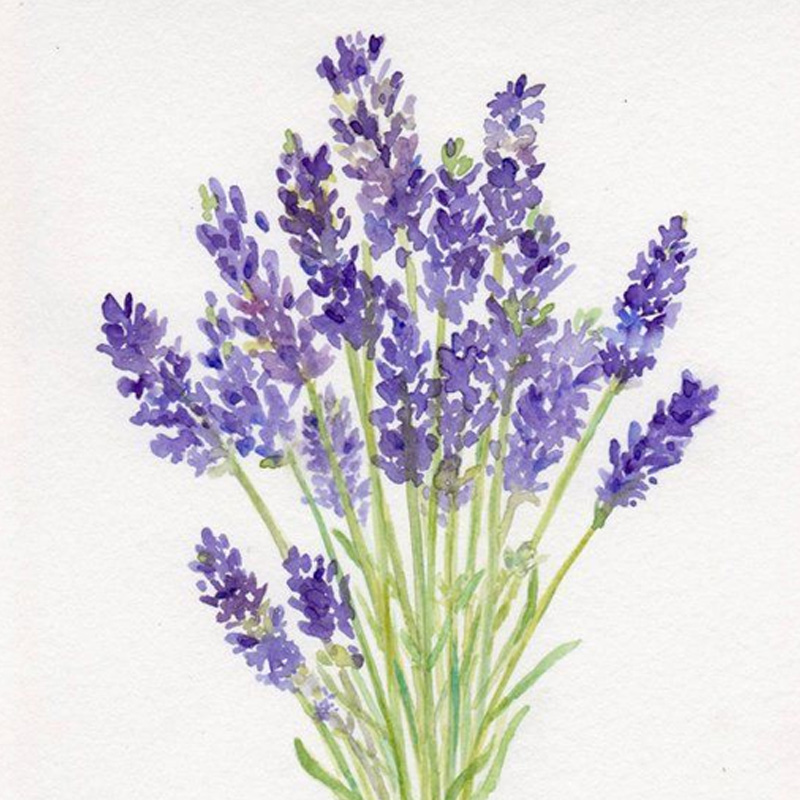Super Simple Finger Paint Art Activities For Preschoolers
![]()
- Posted by abrakadoodle.com.sg
- Categories Painting ideas for kids
- Date 11 November 2021

Hand over some finger paint, a blank sheet of paper to your toddler, step back and watch. You will be pleasantly surprised to see what happens. She will not only be eager to get into her finger painting activity but will go for it with joy and enthusiasm.
As your toddler’s tiny hands experiment with mixing colours and creating swirls on the page, she won’t just find these painting activities entertaining, but will be busy strengthening and flexing her hands and finger movements, which in turn improve her gross and fine motor skills. Painting Activities allows her to explore her imagination and equally important, gain a sense of independence when she learns to create something of her very own.
Finger painting art ideas are an ideal mindfulness, turning into everyday activity of engrossed togetherness involving plenty of laughter and fun for the whole family. It is a great way to stimulate your child’s senses to experience sensory play, using touch/feel, sight, smell, and sound, when she plays with the paints.
Table of Contents
ToggleMany benefits of fingerpainting
The biggest benefit of finger painting art for preschoolers is the encouragement it gives to a child and improves her cognitive development process. Besides, most toddlers and young children find finger painting to be emotionally soothing too.
As your child gets older, it will help with her intellectual development — learning how the colours mix together to create a different colour — as well as involving her in imaginative play. When children get to use not just their fingers as paintbrushes but explore other tools and techniques. They experience in real-time the many advantages of this most under-rated play activity of all times.
- Painting stimulates multiple senses and helps in the development of fine motor skills.
- Develops and improves hand-eye coordination.
- Children start learning about different colours and mixing them together.
- Helps parents and children understand the concept of process art. The focus is always on the process and not the end result.
- Development of children’s imagination and to express themselves.
- It’s engrossing, constructive and allows little children to have lots of fun.
Make your own finger paint
It is easy to make finger paint at home, using ingredients found in every home. Make it real quick and in the quantities you can store for later use. You will find these inexpensive finger paints make great prints of little palms hands and feet. They are also easy to wash up later. Just rinse the paint from hands and soles of the feet under running water and soap. You don’t have to worry when a child puts her finger in the mouth either! Homemade finger paint is 100% safe as it has only all natural ingredients.
Ingredients:
- 1 cup of corn flour
- 1 cup cold water
- 3 cups of boiling water
- Liquid food colouring
Instructions:
- Add 1 cup to the corn flour in a bowl and mix thoroughly, until smooth.
See that there are no lumps - Add a cup of boiling water to the corn flour/water bowl, and blend it
together using a spoon - Put this mixture into a sauce pan over a heat, stirring until it turns into
a consistency of custard - Scoop the mix into three see through plastic containers
Squeeze a few drops of the desired liquid food colouring
into the jars
Endless painting ideas
There are many tools and techniques that you can use. But starting with finger painting will help little children get the idea that painting is a fun activity. Once inspired, you can introduce other tools they can use.
The objective of starting a children art program at home is to let the little ones have fun, create their own masterpieces. Painting is a great sensory play activity that offers numerous learning opportunities as well.
Painting lavender flowers

Using a fork to paint

Paint a beehive

Paint with an okra

Potato owl painting

Your little one will be so fascinated by this painting hack, that she’d want to do it on her own. A cute painting of two owls sitting on a branch created by using a potato sliced into two parts. Cut the two halves into an owl shape. Apply paint to the stamp surface and make an impression of it by pressing it on a white sheet of drawing paper. Ask your little one to stamp another one next to it. Pick up a black marker and draw the eyes and colour the beak a bright yellow. Complete the painting by making them sit on a branch with leaves.
Paint a beautiful dandelion

Great for the mind & body
These are just some of the many art classes for children you can try out at home. They don’t cost much and you’ll be surprised how long these classes will keep your little master engaged and entertained.
Painting activities have also proven to be beneficial for wellbeing and mental health of children. They show a great way to keep your little ones relaxed and engaged in positive activities. Take their minds away on those trickier days where they may be missing their friends or the routine of a school life.
Art is just art!
Remember how good it felt to touch the paint with your hands and use them to plaster the entire wall with your palm prints soaked in different colours? Maybe, it is now time to pass that sense of creativity to your little one and create magic by using her hands and imagination.
Bear in mind, there is no such thing as good or bad art. So explore and expose your child and family to a variety of techniques and styles. Or better still, bring your family along to see how other little masters embark upon a creative journey of discovery at Abrakadoodle. Indulging in hands-on playful programs designed to nurture a child’s imagination and inspire learning. Enjoying and unleashing their creativity and expressing their thoughts and feelings in unique ways.
You may also like

Simple Acrylic Painting Tips For Beginners

Made To Measure, Homemade Paint Recipes

